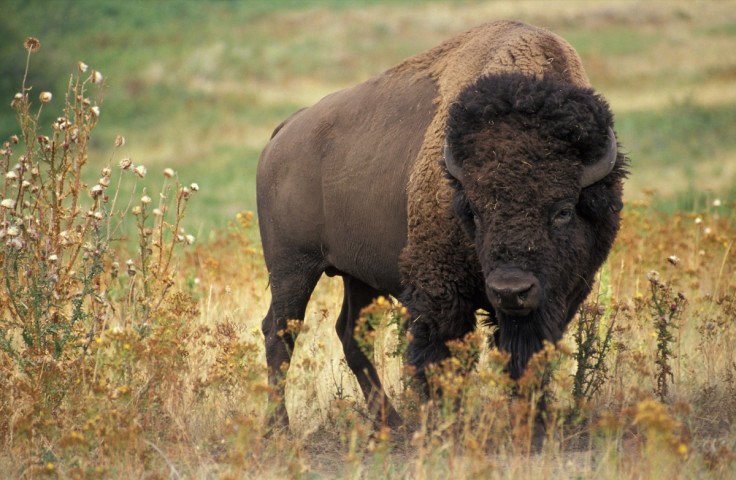Canadian descendants of American buffalo herd to be sent to US Indian reservation to revive population

Descendants of American buffalo purchased by Canada 140 years ago are being returned to a US Indian reservation to revive the population of the animals that once filled the Western plains. The shipment of 89 animals from Alberta's Elk Island National Park to the Blackfeet Indian Reservation in Montana fulfills a 2014 treaty among tribes in the US and Canada.
The pact aims to restore bison to areas of the Rocky Mountains and Great Plains where millions of the animals once roamed. "For thousands of years the Blackfeet lived among the buffalo here. The buffalo sustained our way of life, provided our food, clothing, shelter," Blackfeet Chairman Harry Barnes told CBS News.
"It became part of our spiritual being. We want to return the buffalo," Barnes said. The bison will form the core of what's hoped to soon be a massive new herd that will roam freely on the 4,000 sqm (10,360 sq km) of the Blackfeet reservation.
Bison were hunted to near-extinction in the late 1800s as white settlers advanced across the American West. Most surviving animals are in commercial herds, raised for their meat and usually interbred with cattle. Even the Blackfeet have a commercial herd that now numbers more than 400 animals.
But the Elk Island bison, which are free of cattle genes, trace back to wild animals captured by American Indians on Blackfeet land. They were sold to two men who used them to create the Pablo-Allard herd, which is believed to be the largest wild American buffalo herd in existence.
After US officials refused to buy the remnants of the Pablo-Allard herd, the Canadian government purchased most of the animals. "They've made a big circle, but now they're coming home," said Blackfeet member Ervin Carlson told CBS.
The restoration of genetically pure bison to the American West is gaining traction, despite opposition from cattle ranchers who fear the wild animals will consume precious grassland and bring fatal diseases to their animals.
© Copyright IBTimes 2025. All rights reserved.






















